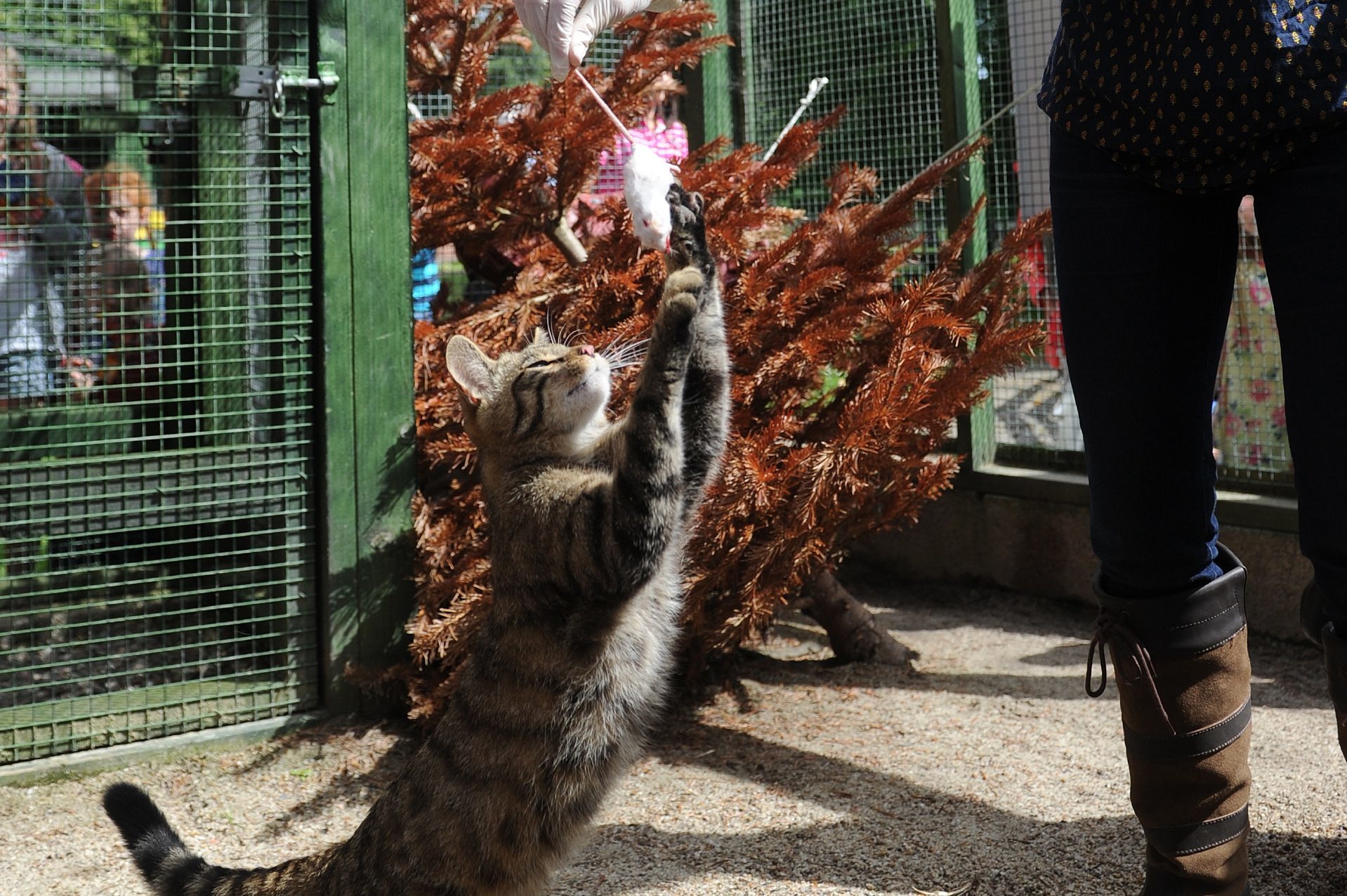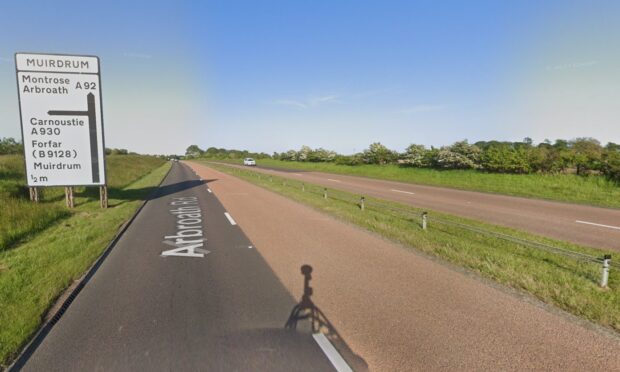An Angus wildlife scheme aimed at preserving wildcat numbers by catching “feral” animals has only trapped nine felines at the cost of £20,000.
Glens contractors were sought to trap and neuter feral cats to stop interbreeding with their wild cousins in October 2016.
This followed a Scottish Wildcat Action study that found the hills north of Kirriemuir have the “most quality wildcats” of six areas designated as Scottish sanctuaries.
But the three-month project only turned up 10 animals, one of which turned out to be a pure-strain wildcat — with conservation bosses blaming the “remote” nature of the Glens.
Project manager Roo Campbell admitted there is “difficulty” in trapping and neutering feral cats and the methodology is under “review”.
But Scottish Natural Heritage, which funded the project out of £250,000 earmarked for a five-year wildcat preservation plan, said the species is likely to become extinct if interbreeding continues.
A spokesman for the body said: “The Angus Glens are remote, have relatively poor road access, and have few people from whom we can draw volunteers to assist in the trapping of cats.
“Our strategy of specifically targeting feral cats living wild alongside Scottish wildcats means numbers of cats … will be fewer than if we were to go into the nearest town and hoover up the feral cats living there.
“We are committed to our work aimed at conserving this shy and elusive species.
“Without this, the Scottish wildcat is likely to become extinct.”
Scottish Wildcat Action discovered the high incidence of interbreeding after it set up 347 cameras in the Highlands, Aberdeenshire, Moray and the Angus Glens, to record data over a 60-day period.
More than a third of the cameras captured images of cats, most of which turned out to be feral cats or hybrids.
Dr Campbell said: “We did not trap any domestic pets and we’d always encourage pet owners to microchip their cat, in case it gets lost.”
In 2016 a possible sighting of a Scottish wildcat was made by a gamekeeper on a Glens grouse moor.
Bruce Cooper, a member of Angus Glens Moorland Group, was checking CCTV when he saw the cat’s distinctive markings.
Conservationists at one time believed there were only 35 wildcats remaining in Scotland.
Along with raptors, the animals are enshrined in national guidance, forbidding the development of wind farms near sensitive sites.
And the presence of wildcats has been a crucial factor in the argument some campaigners have made against wind farms in the glens.










